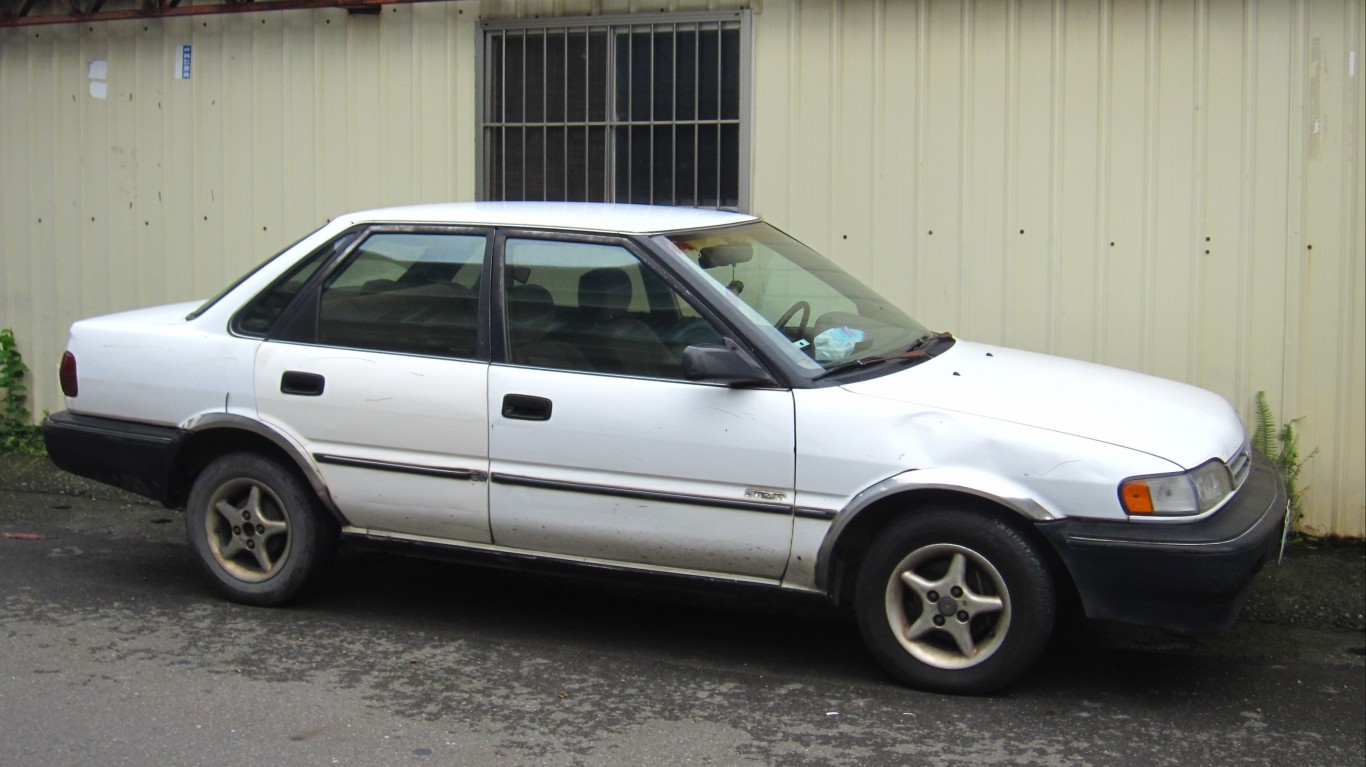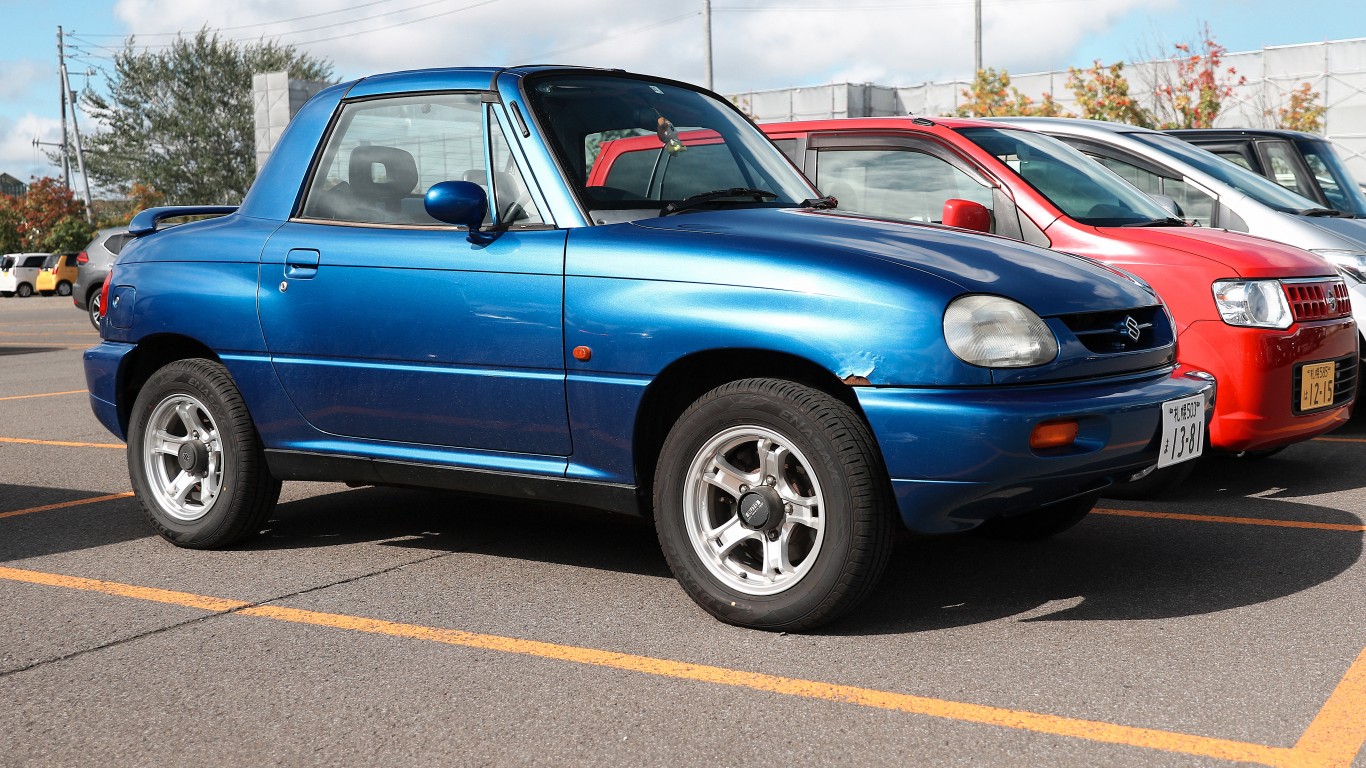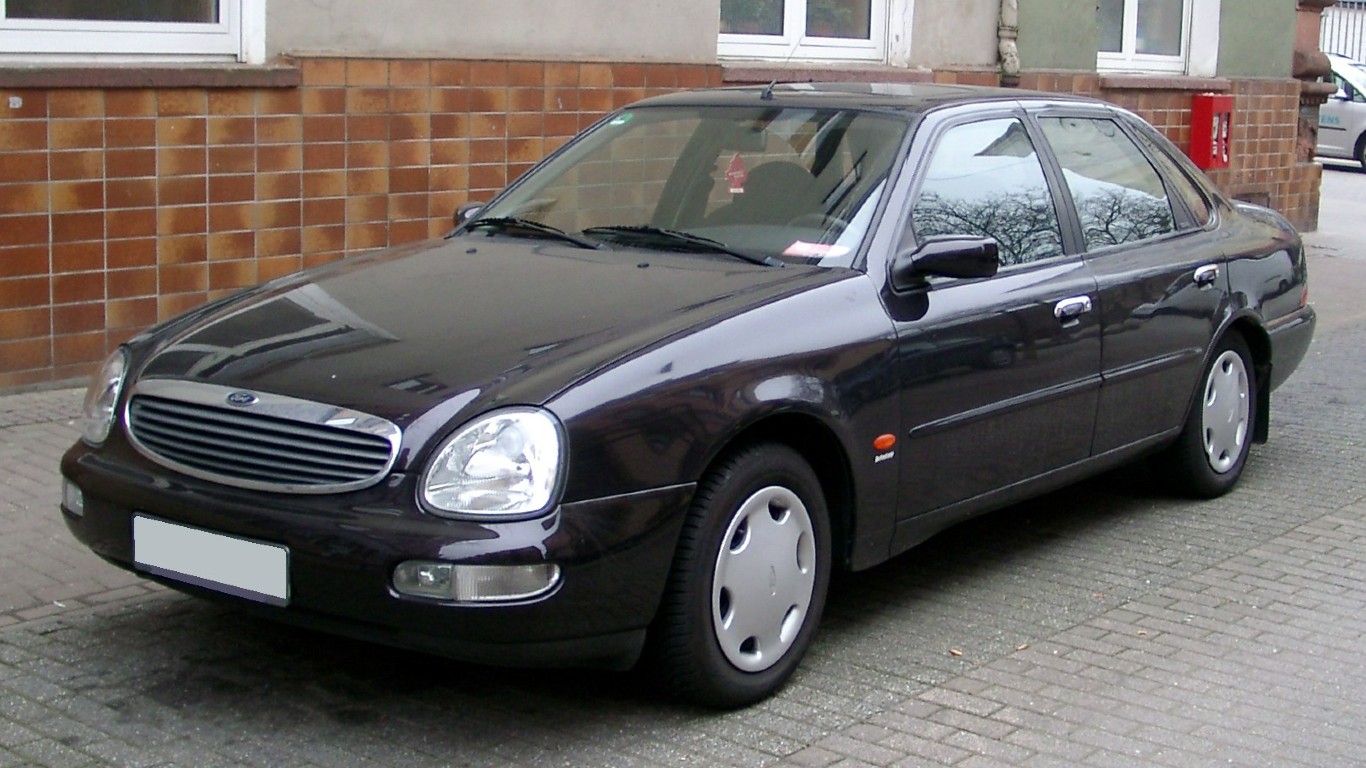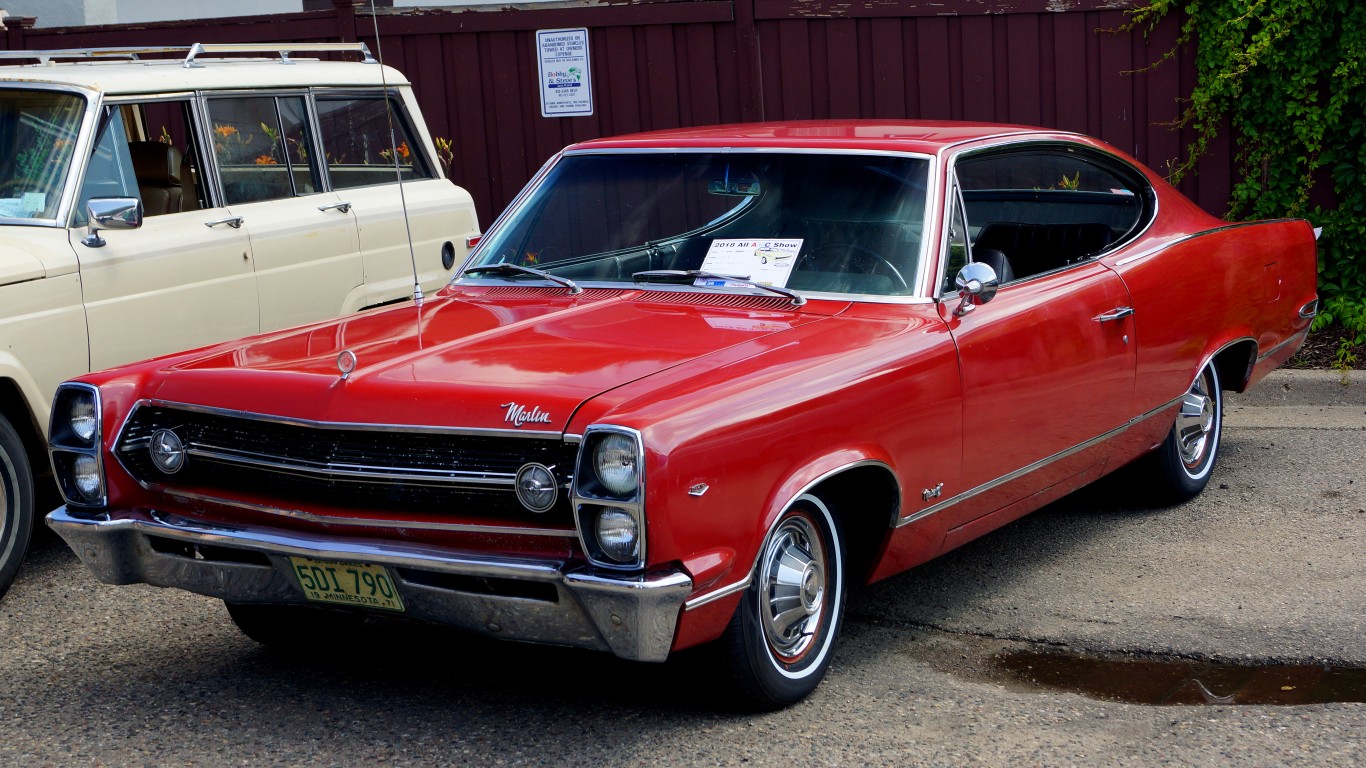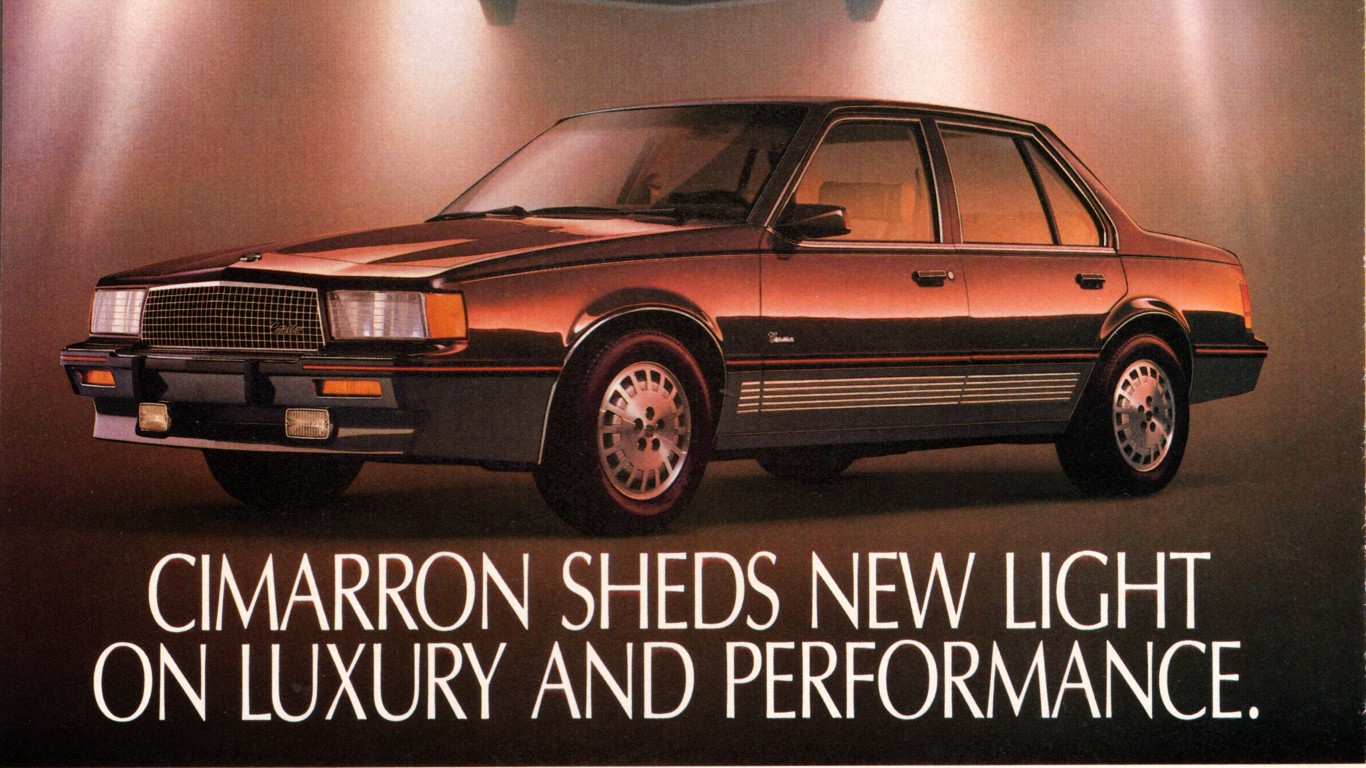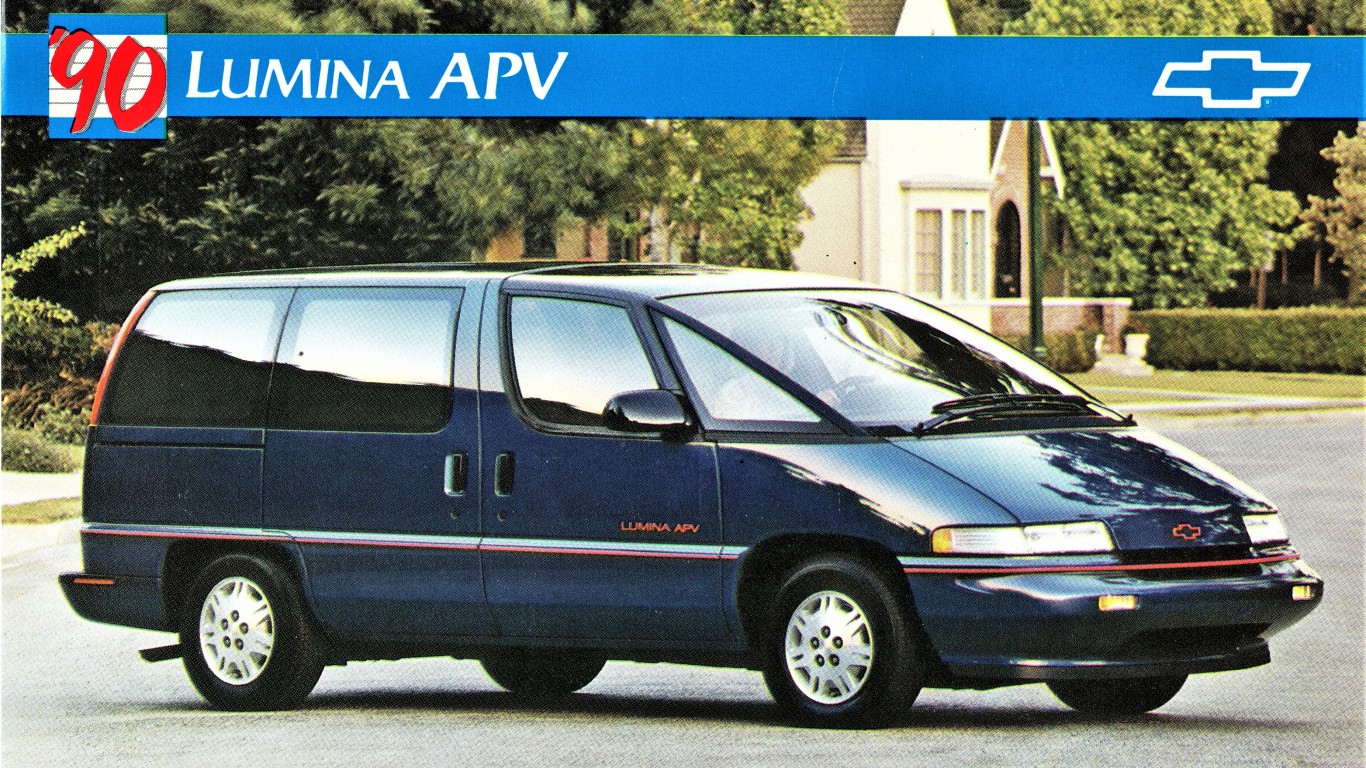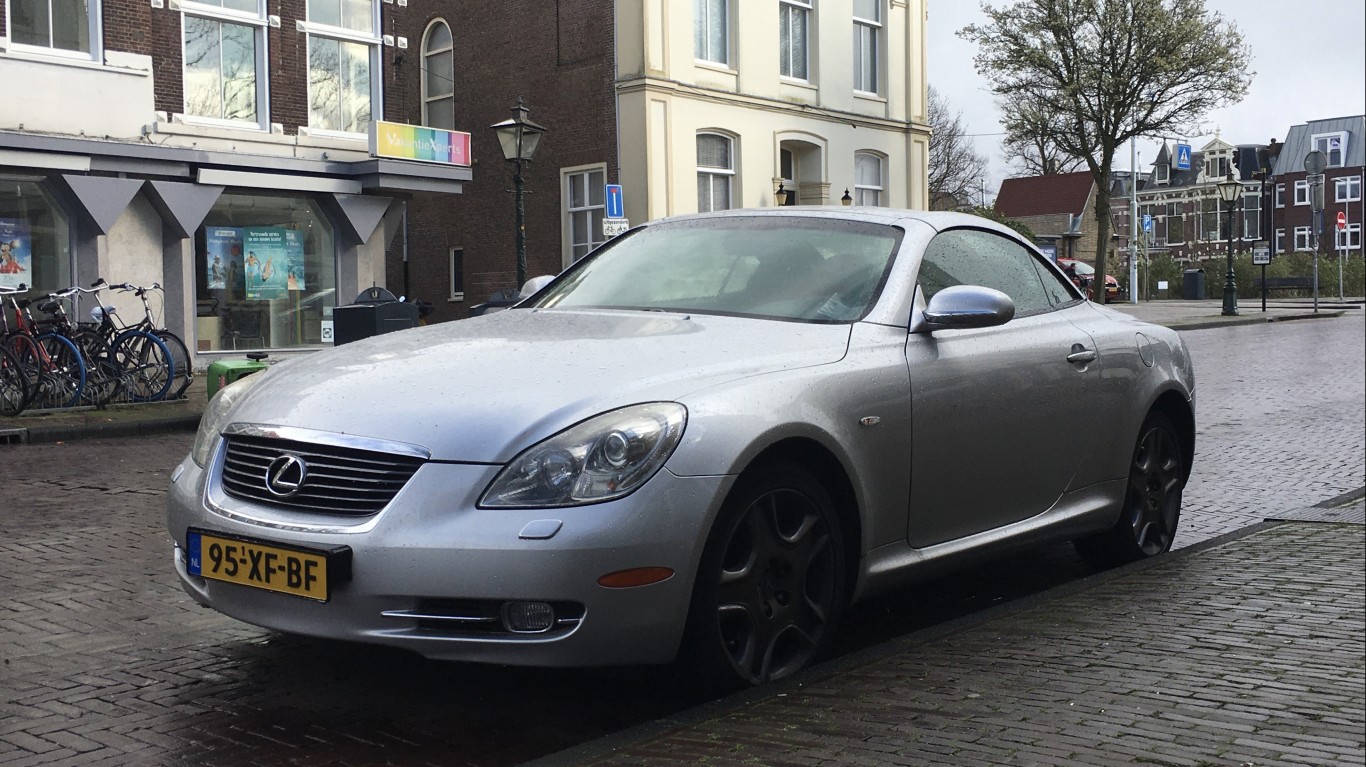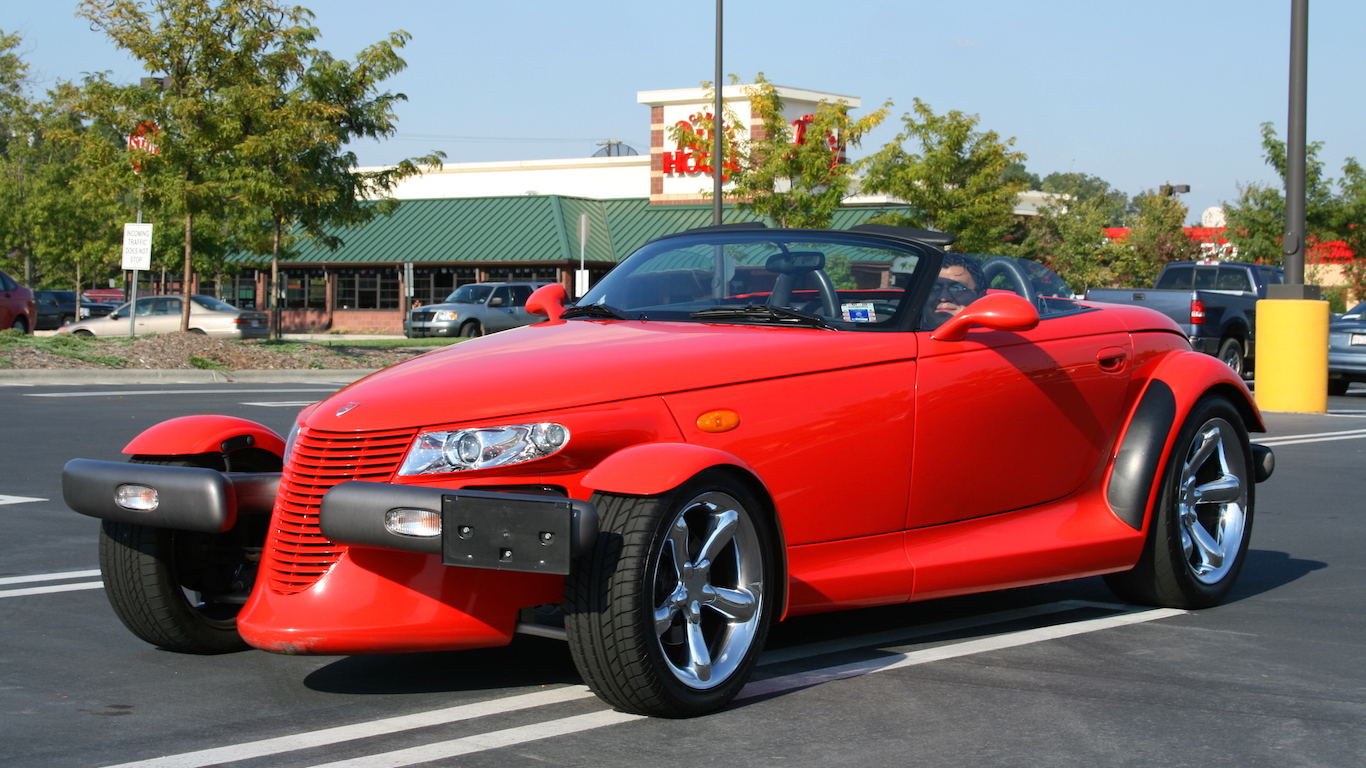
Car designers consider various factors like speed, safety, cost, style, and comfort during the creation process. Their inspiration comes from contemporary design trends, environmental concerns, and the differing requirements of people living in cities versus rural areas. Even with all these considerations, the sky is the limit for those willing to truly make their mark on the automotive world. (These are 35 amazing looking cars from bygone times.) Inevitably, these creations sometimes do not withstand the test of time.
In order to create a roster of exceedingly ugly cars, 24/7 Wall St. examined unappealing vehicle listings from sources such as Cheapism, Motortrend, HotCars.com, and others. These selections universally earn the distinction of being the ugliest automobiles in history.
Every car featured endured an extensive design journey, inclusive of focus groups and executive evaluations, mirroring the path of any new car. But these creations have not resonated well with the car-buying public. While some concepts initially appeared ingenious, they ultimately turned into major flops for the auto industry.
While the Bugatti Veyron, Aston Martin DB5, and the Ferrari 250 GTO epitomize automotive design excellence, the industry also bears the weight of the Ford Edsel – a project costing millions in development; the Pontiac Aztek – ranking on Edmunds “100 Worst Cars of All Time”; and the Yugo GV – a small, peculiar, and poorly manufactured car.
Beyond their short lifespans, many of these vehicles contributed to the downfall of the brands that birthed them. An illustrative instance is the 1995 Oldsmobile Aurora, a last-ditch effort to rejuvenate the Oldsmobile brand. Despite its technological innovation, the car’s unappealing front end led to public rejection. The Aurora’s failure spelled the end for Oldsmobile, which shuttered in 2004. (This is the best-selling car in America.)
Click here to see 25 of the ugliest cars ever made.

1. Chrysler PT Cruiser
[in-text-ad]

2. Pontiac Aztek
3. Geo Prizm

4. Honda Element
[in-text-ad-2]

5. AMC Gremlin
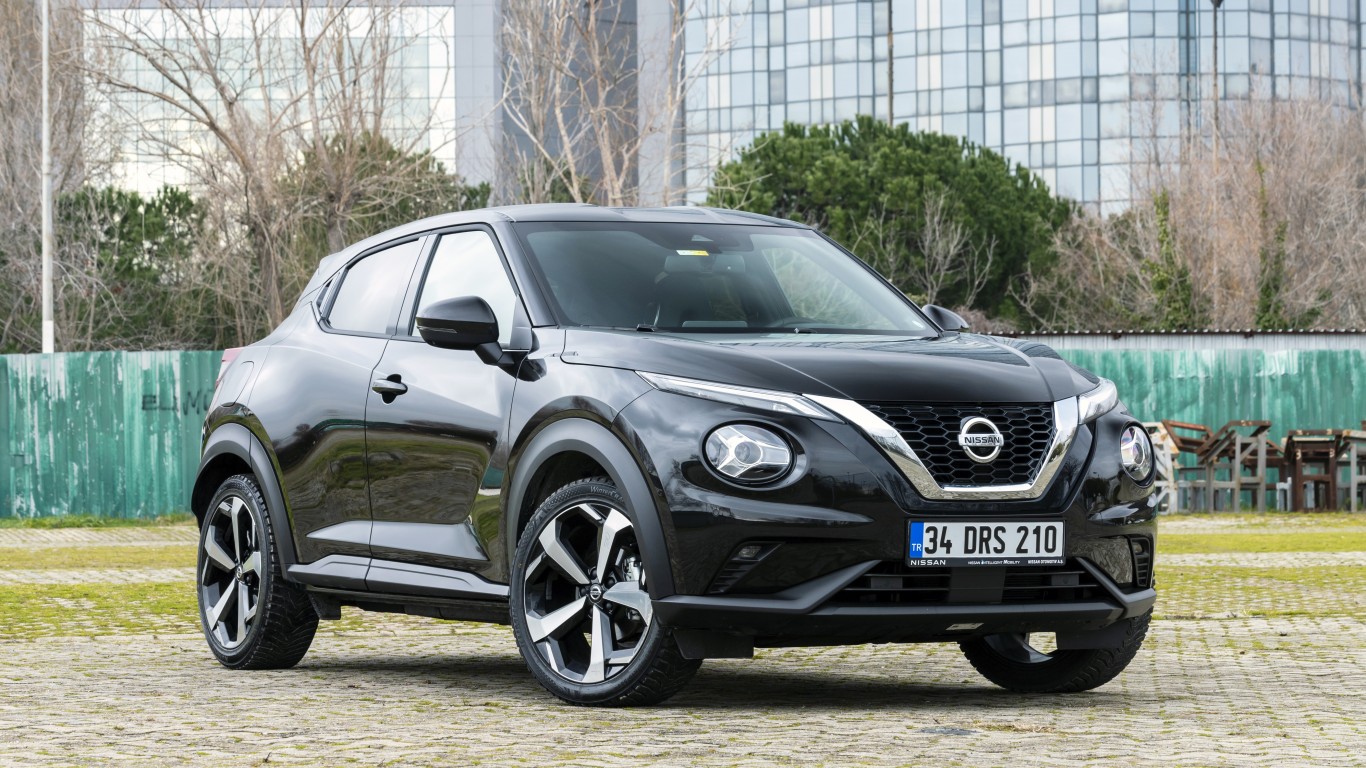
6. Nissan Juke
[in-text-ad]

7. Subaru Tribeca
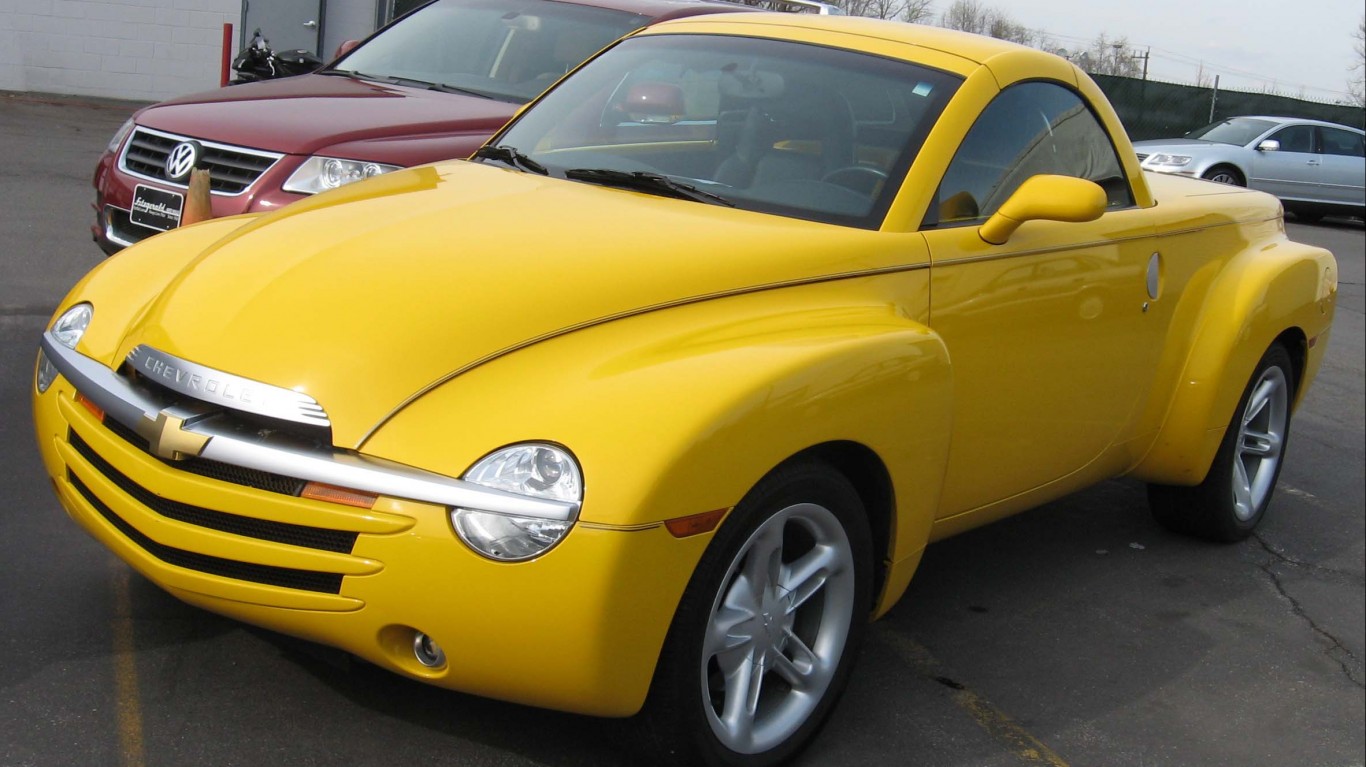
8. Chevrolet SSR

9. Tesla Cybertruck
[in-text-ad-2]
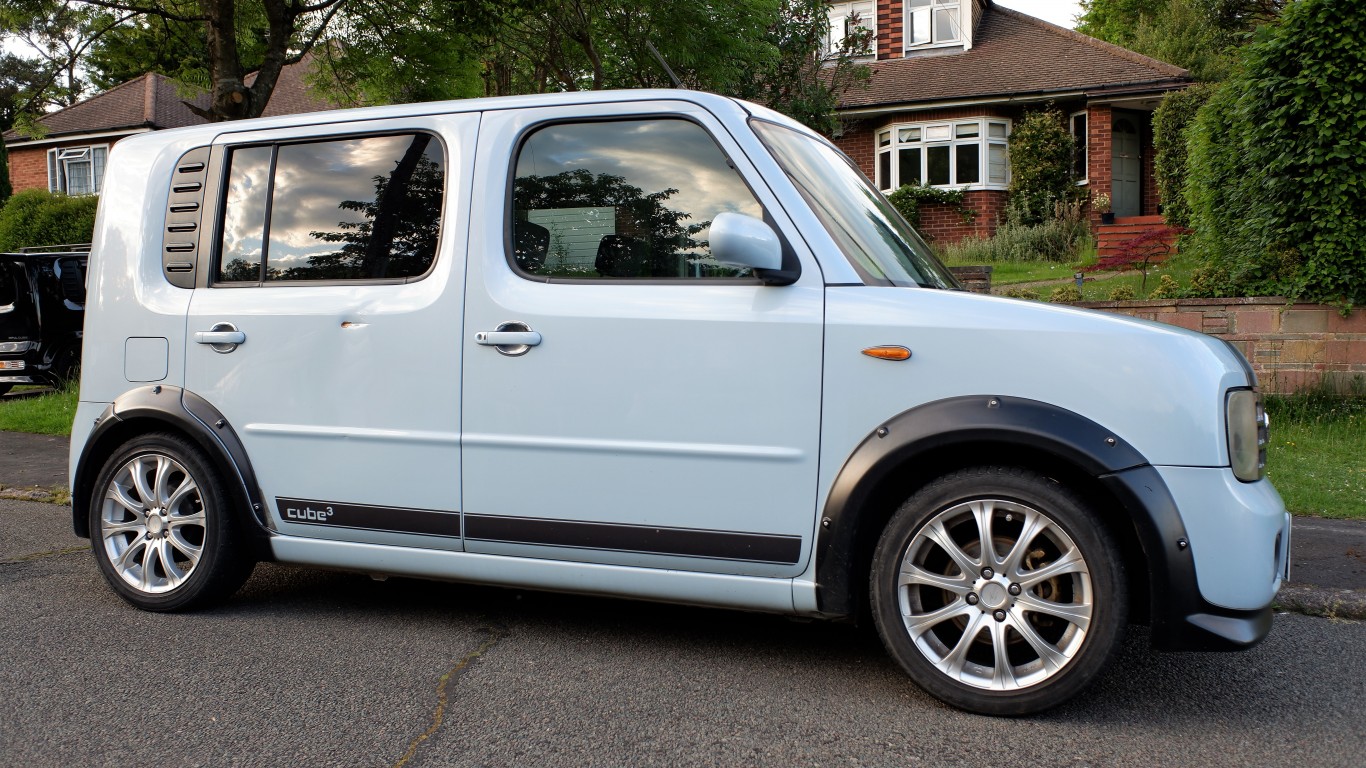
10. Nissan Cube
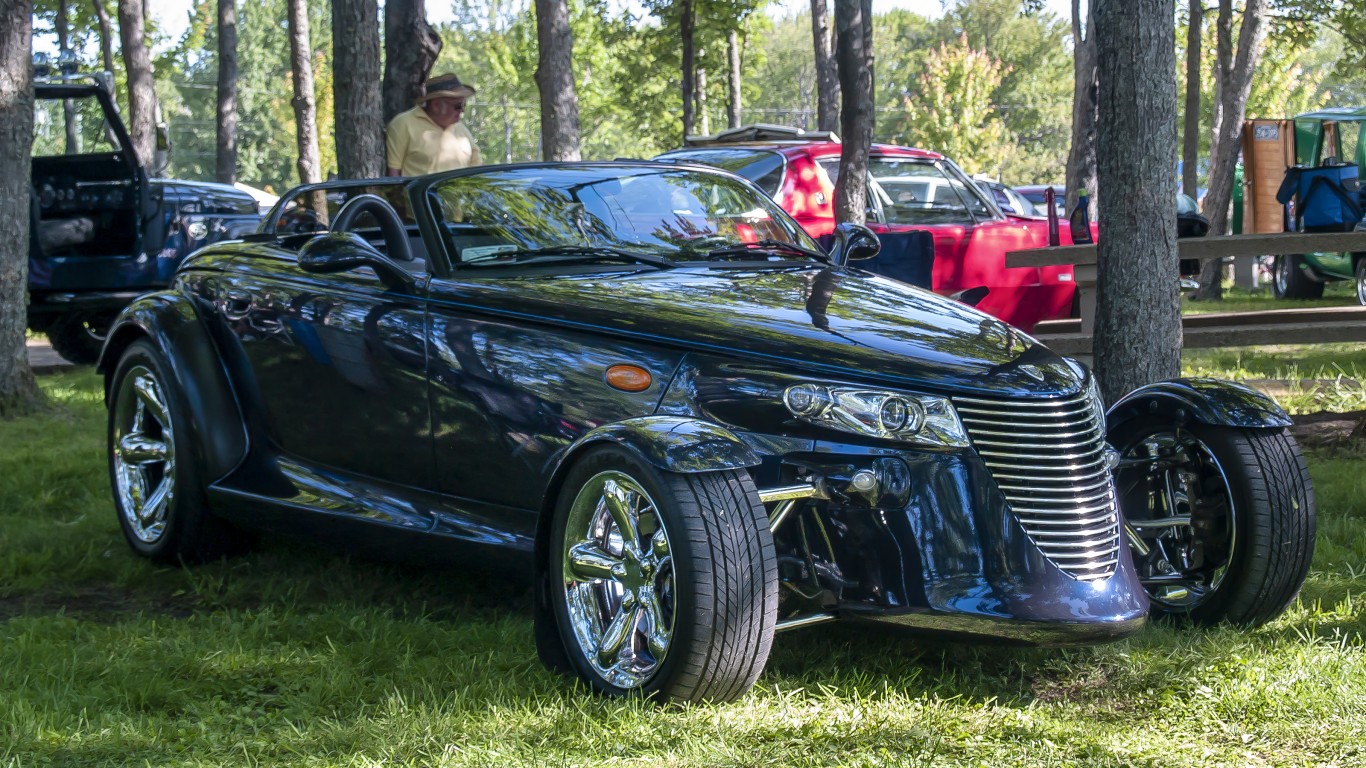
11. Plymouth Prowler
[in-text-ad]
12. Suzuki X-90

13. Fiat Multipla
14. Ford Scorpio Mk2
[in-text-ad-2]
15. AMC Marlin
16. Cadillac Cimarron
[in-text-ad]
17. Chevrolet Lumina
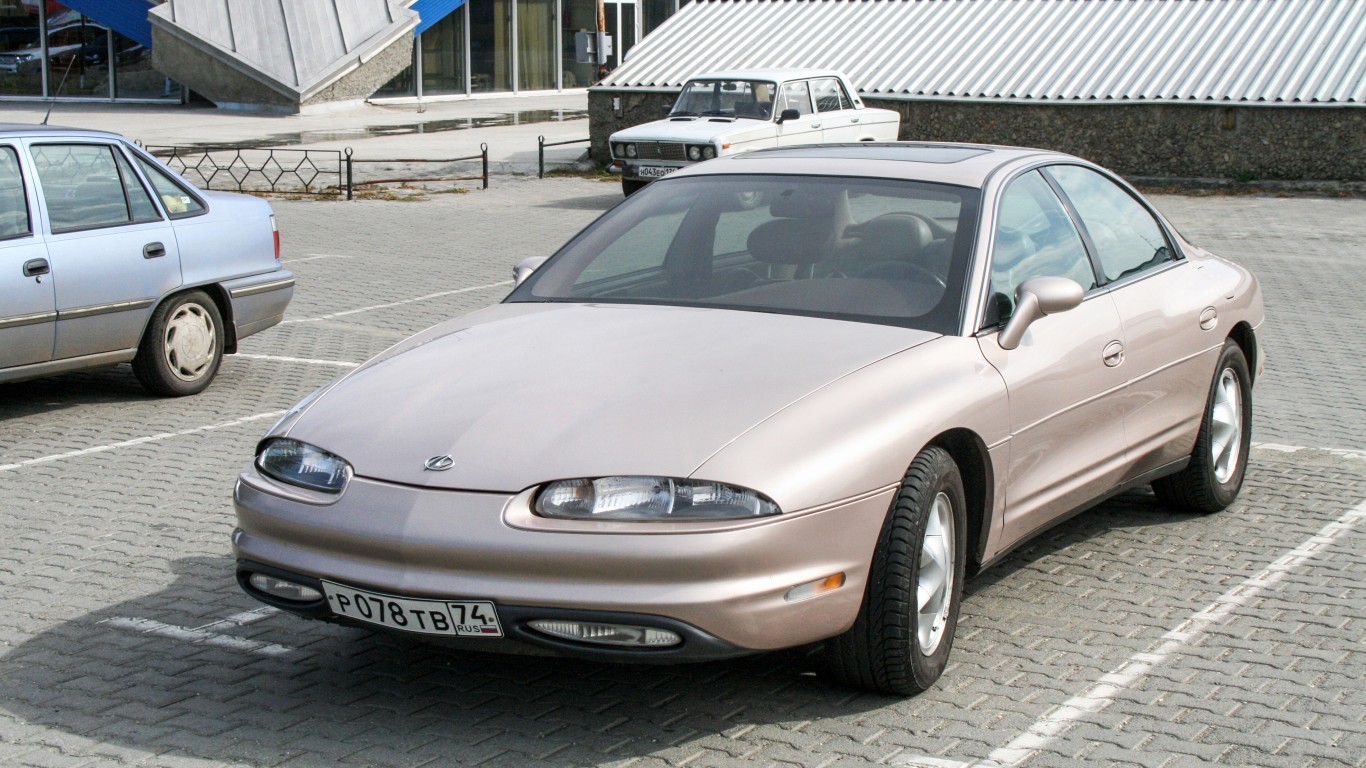
18. Oldsmobile Aurora
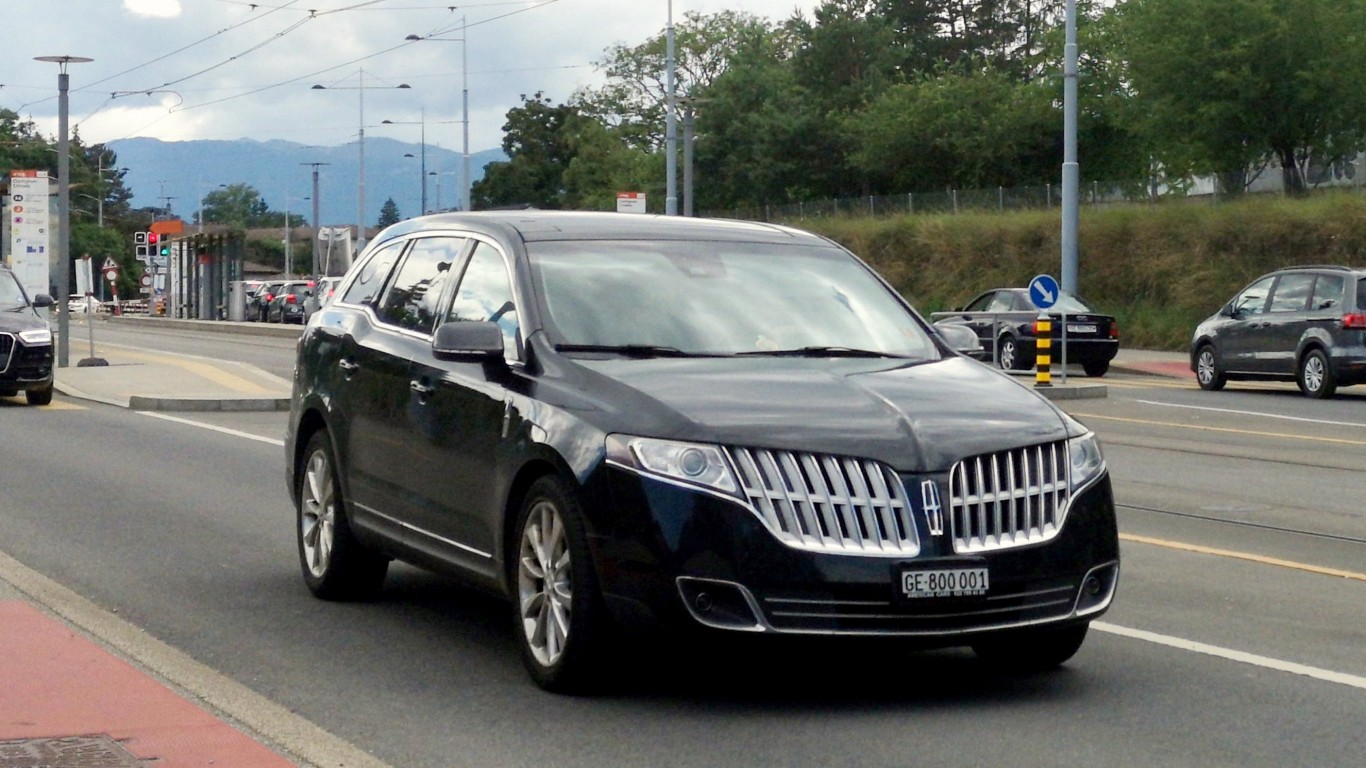
19. Lincoln MKT
[in-text-ad-2]
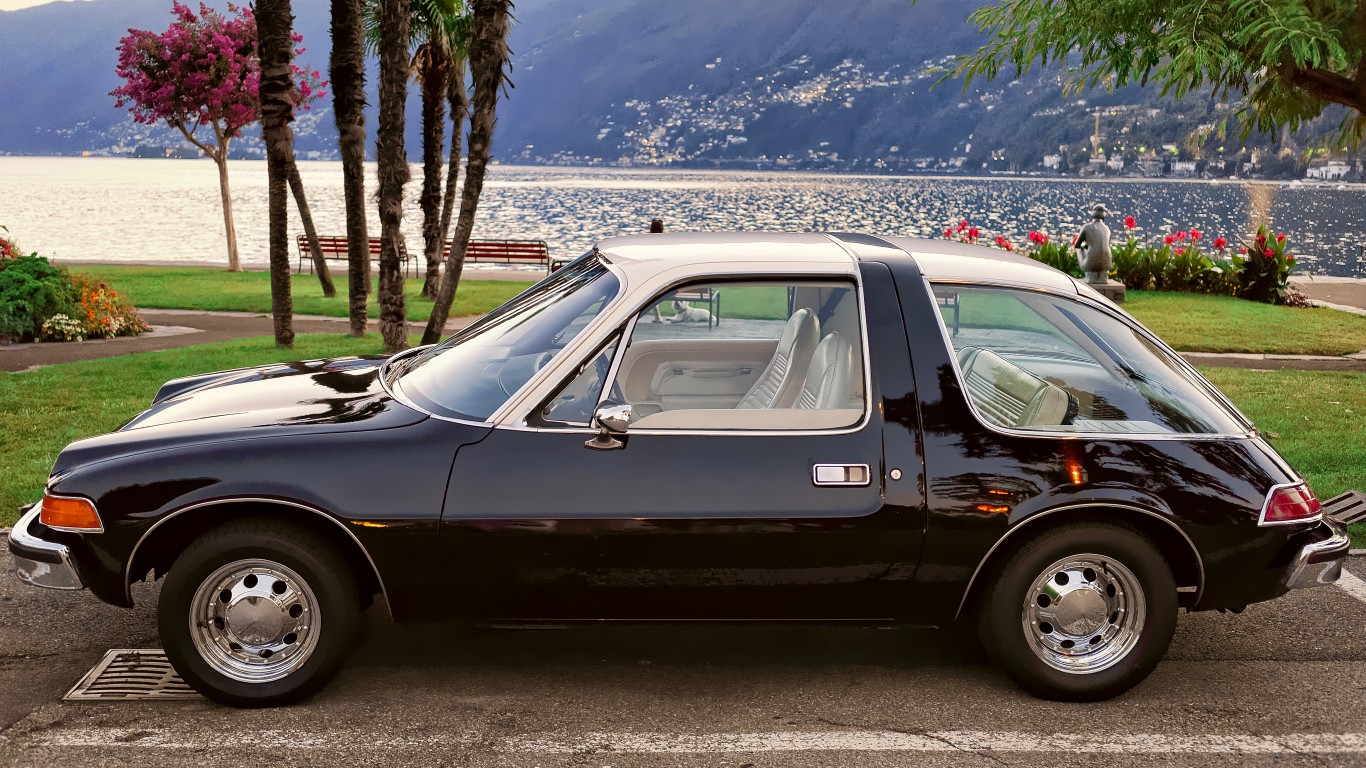
20. AMC Pacer

21. Ford Edsel
[in-text-ad]

22. Pontiac Trans Sport
23. Lexus SC 430
[in-text-ad-2]
25. Hyundai Tiburon
Is Your Money Earning the Best Possible Rate? (Sponsor)
Let’s face it: If your money is just sitting in a checking account, you’re losing value every single day. With most checking accounts offering little to no interest, the cash you worked so hard to save is gradually being eroded by inflation.
However, by moving that money into a high-yield savings account, you can put your cash to work, growing steadily with little to no effort on your part. In just a few clicks, you can set up a high-yield savings account and start earning interest immediately.
There are plenty of reputable banks and online platforms that offer competitive rates, and many of them come with zero fees and no minimum balance requirements. Click here to see if you’re earning the best possible rate on your money!
Thank you for reading! Have some feedback for us?
Contact the 24/7 Wall St. editorial team.
 24/7 Wall St.
24/7 Wall St.